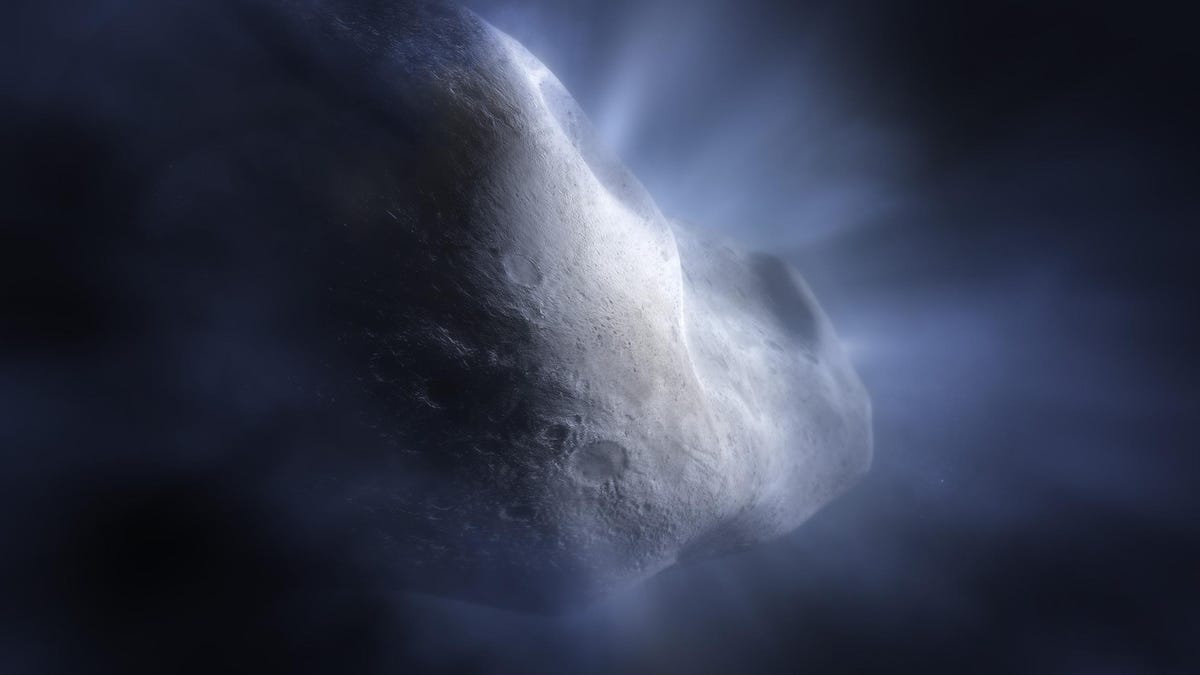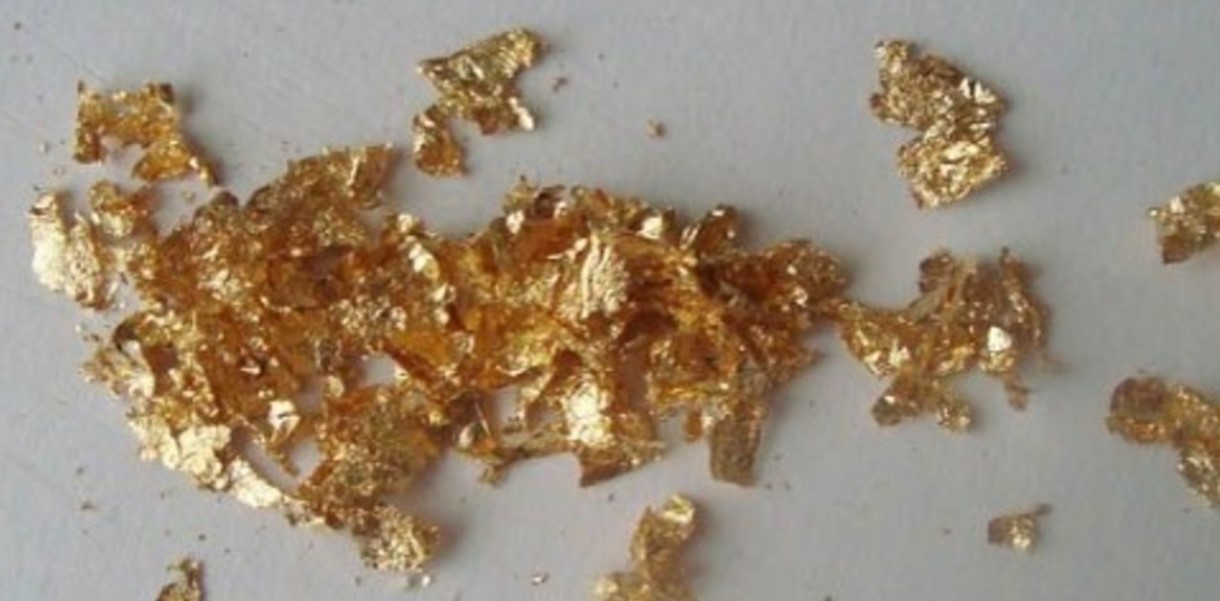The James Webb Space Telescope didn’t just take photos Distant galaxies. It also examines our own solar system, and has discovered something new that could shed light on how Earth formed and where our planet got all its water. It is a frozen water-rich comet that orbits very close to our planet in the asteroid belt between Mars and Jupiter.
Water in comets is nothing new, but the comets we’ve studied so far come from outside our solar system or orbit the Sun billions of kilometers from our star. Oort cloud in regions such as the Kuiper Belt or beyond Pluto. Astronomers had expected a water-ice comet to be closer to the Sun, but had never tested that theory before. This is where Reading Comet comes into play.
Take a leisurely read around the Sun in the asteroid belt, which lies between Mars and Jupiter and consists of a halo of gas and dust surrounding it. By analyzing this halo with its infrared instruments, James Webb discovered that the cloud surrounding the comet was actually made of water vapor. To make matters strange, there is no carbon dioxide, a common substance in other comets.
The results of the discovery have now been published in the journal Nature. Its lead author, University of Maryland astronomer Mike Kelly, explains the details of the discovery in an article published on his website. Pot: “In the past, we’ve seen prominent belt objects with all the characteristics of comets, but only with this precise spectral data from the web can we say that yes, it is definitely water ice that’s creating that effect.”
The discovery is significant because researchers estimate that the comet’s reed water is about 4.5 billion years old. Their analysis will therefore allow us to better understand how water reached the solar system as it formed and how that water ended up on planets like Earth or moons like Europa.
“Our water-soaked world, teeming with life and unique in the universe as far as we know, is a mystery: We don’t know where the water came from,” said Stefanie Milam, Webb Telescope Associate Project. Scientist for Planetary Sciences and co-author of the study reporting the discovery. “Understanding the history of water supply in the Solar System will help us understand other planetary systems and whether they might be on the way to host an Earth-like planet,” he added. How is it possible that there is no carbon dioxide in the comet read? “Staying in the asteroid belt for a long time can cause this: Carbon dioxide evaporates more easily than water ice and can persist for billions of years,” Kelly said. Another option is that the comet reed formed in a particularly hot pocket of the solar system where carbon dioxide was not present.
At Gizmodo, we’ve reached out to the study’s authors to learn more about the findings.





